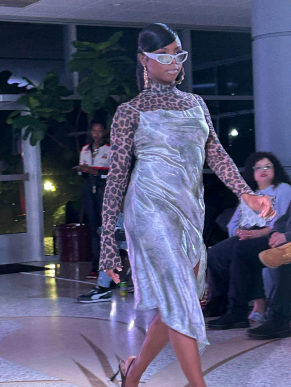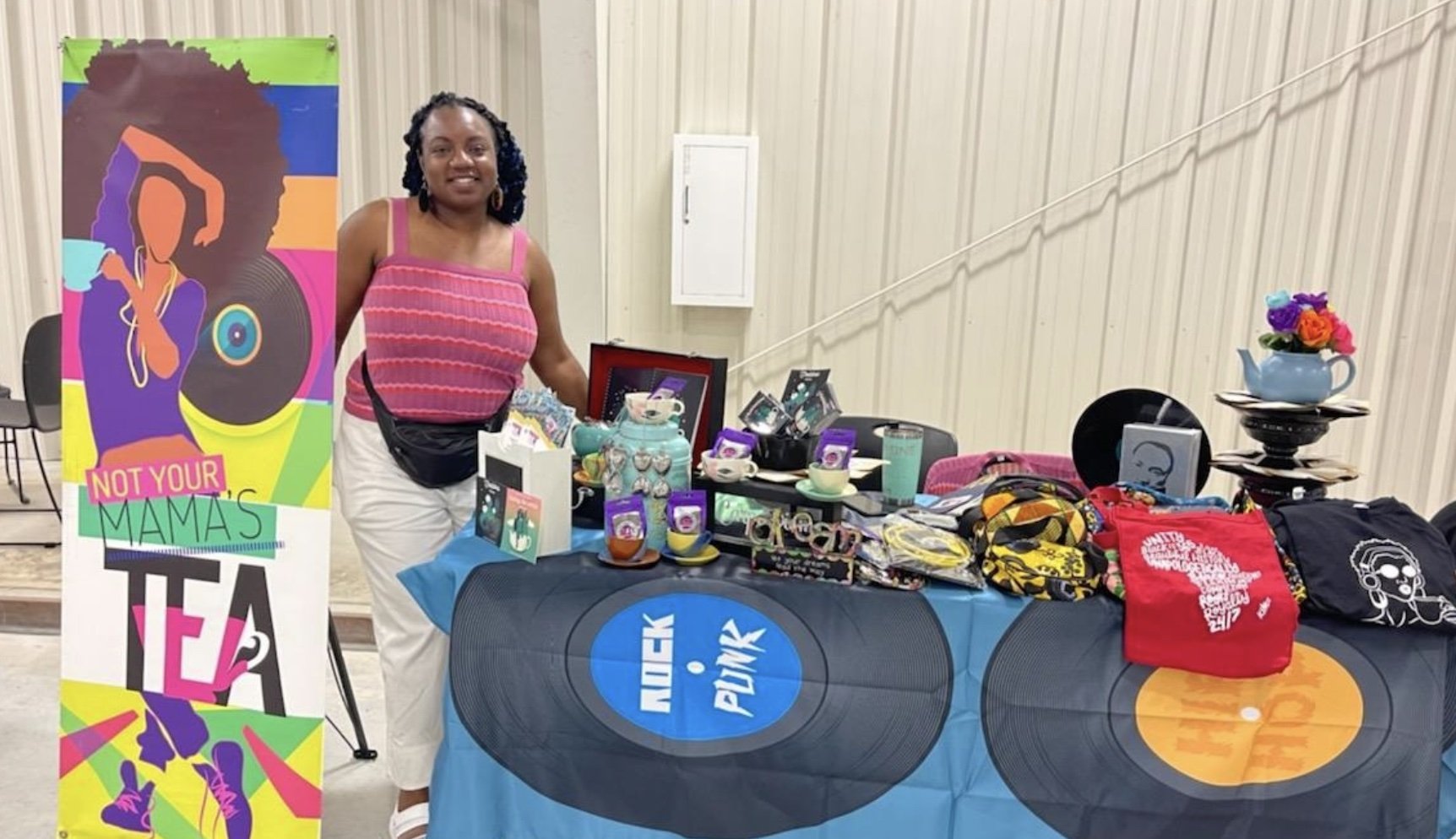MILWAUKEE, Wis. – Get ready for a spectacular summer celebration! The Community Arts & Funk Festival is thrilled to announce its 15-Year Anniversary Celebration on Saturday, August 16, 2025, taking place at the iconic Peck Pavilion and South Grounds at the Marcus Performing Arts Center, located at 929 N Water St, Milwaukee, WI. This milestone event, celebrating visual and performing arts, along with the distinct funk genre of music, promises a dynamic and family-friendly cultural experience for all ages in the heart of downtown Milwaukee. The festival will highlight local artists with vendor showcases for guests to support and purchase local artwork, as well as a fine arts competition for local artists to win a $1000 prize!
Set against the backdrop of downtown Milwaukee, the Community Arts & Funk Festival provides a unique opportunity to promote intergenerational dialogue between emerging, established, and underground performing artists who share common performance and musical roots. The festival's musical focus on the funk genre, made popular by legends like James Brown, Sly and the Family Stone, and Parliament-Funkadelic, aims to educate the broader listening public about its rich history, inspirations, and evolution from R&B, Jazz, Gospel, and Rock, and its profound influence on the Hip Hop generation. This powerful combination of funk music with local, regional, and national visual artists creates a cross-cultural, demographically diverse, family-oriented community event rooted in authenticity and intentionality.
"We are incredibly excited to mark 15 years of the Community Arts & Funk Festival," says Brad Bernard, event organizer. "This anniversary is a testament to the power of art and music to bring people together, foster creativity, and celebrate our shared community. We've poured our hearts into curating an unforgettable day that highlights exceptional talent and promotes positive connections."
Festival Highlights
Star-Studded Musical Lineup & Performances
Prepare for an electrifying day of music and performances. The event will be hosted by esteemed radio and TV personality, Andrea Williams.
The official performance schedule includes:
10:45 AM - 11:15 AM: Youth Dance Performances
11:30 AM - 12:30 PM: Youth Poetry Slam
2:30 PM - 6:00 PM: Live Music Performances by:
Act 1: B.Wyzdom (2:30 PM - 3:15 PM)
Act 2: Trace Ellington Experience (3:30 PM - 4:15 PM)
Act 3 (Headliner): Switch (4:30 PM - 6:00 PM)
The headlining act, Switch, is a legendary American R&B and Funk band, celebrated for iconic hits such as "There'll Never Be" and "I Call Your Name." Intermissions of 15 minutes will occur between acts, during which a DJ will keep the funk music playing.
Prestigious Fine Arts Competition
Visual artists are invited to participate in a judged fine arts competition, vying for a $1,000 'Best of Show' award, along with 1st, 2nd, and 3rd place prizes. The announcement of artist awards will take place from 12:35 PM - 12:50 PM. This competition will showcase a broad spectrum of talented urban and suburban visual artists, encompassing both academically trained and self-taught individuals, presenting a wide variety of subject matter, concepts, and technical approaches from across the local and regional art scene.
Local artists are strongly encouraged to apply for this exciting opportunity to showcase their work and compete for cash awards and prizes. Find more information and the application form here: https://www.artsandfunk.com/call-for-artists-1000-prize
Engaging On-Ground Activations
In addition to the main stage performances and art competition, attendees can enjoy:
Free 3D Photobooth by The Booth Mke
T-shirt Design station provided by Fruition MKE
Community Mural led by artist Ken Brown
Kid-Friendly Art Activities by Artists Working in Education
Local Food & Drink Vendors (Saz’s & more)
Local Artists & Creator Vendors
Publishing/Copyright and Royalties Workshop provided by MuSample Music Business Consultant
Local Flavors and Unique Finds
Attendees can explore a diverse array of offerings from local vendors and food trucks, providing a variety of food and beverage options available for purchase throughout the day.
Local art and food vendors are encouraged to apply to be a part of this vibrant community event: https://www.artsandfunk.com/vendor-booth-payment-form
Media Sponsors
The Community Arts & Funk Festival is proud to partner with our media sponsors:
RadioMilwaukee 88.9 FM
WMSE 91.7 FM
V100 100.7 FM
About Community Arts & Funk Festival
The Community Arts & Funk Festival (CAFF) is dedicated to celebrating the rich tapestry of visual art, R&B, and funk, highlighting the profound power of live music and artistic expression. Each year, the festival strives to create a memorable experience that showcases talent, fosters community engagement, and promotes cultural awareness. The festival is a testament to the idea that when the power of funk music is combined with the works of local, regional, and national visual artists, it provides the perfect combination for curating a cross-cultural, demographically diverse, family-oriented community event rooted in authenticity and intentionality.
For more information and future updates, please visit: https://www.artsandfunk.com/













































